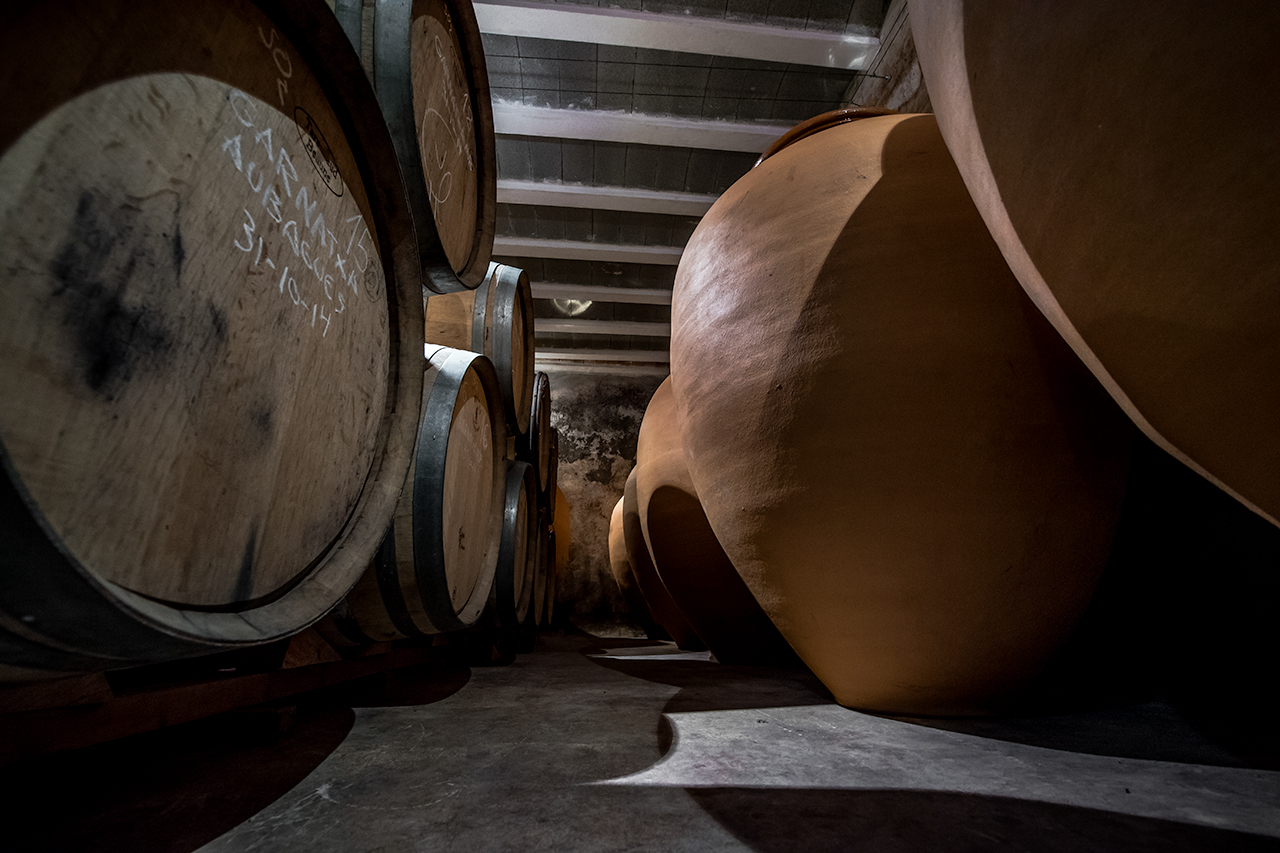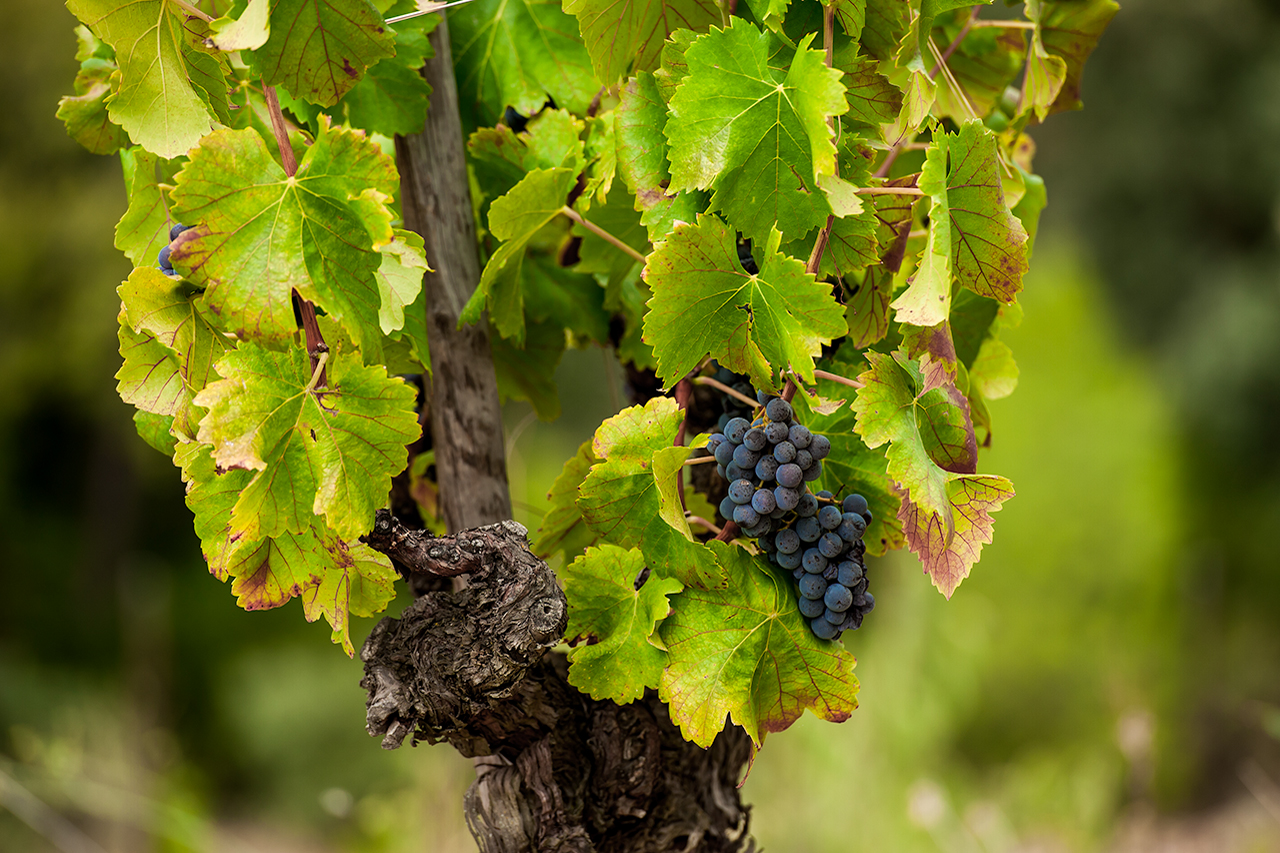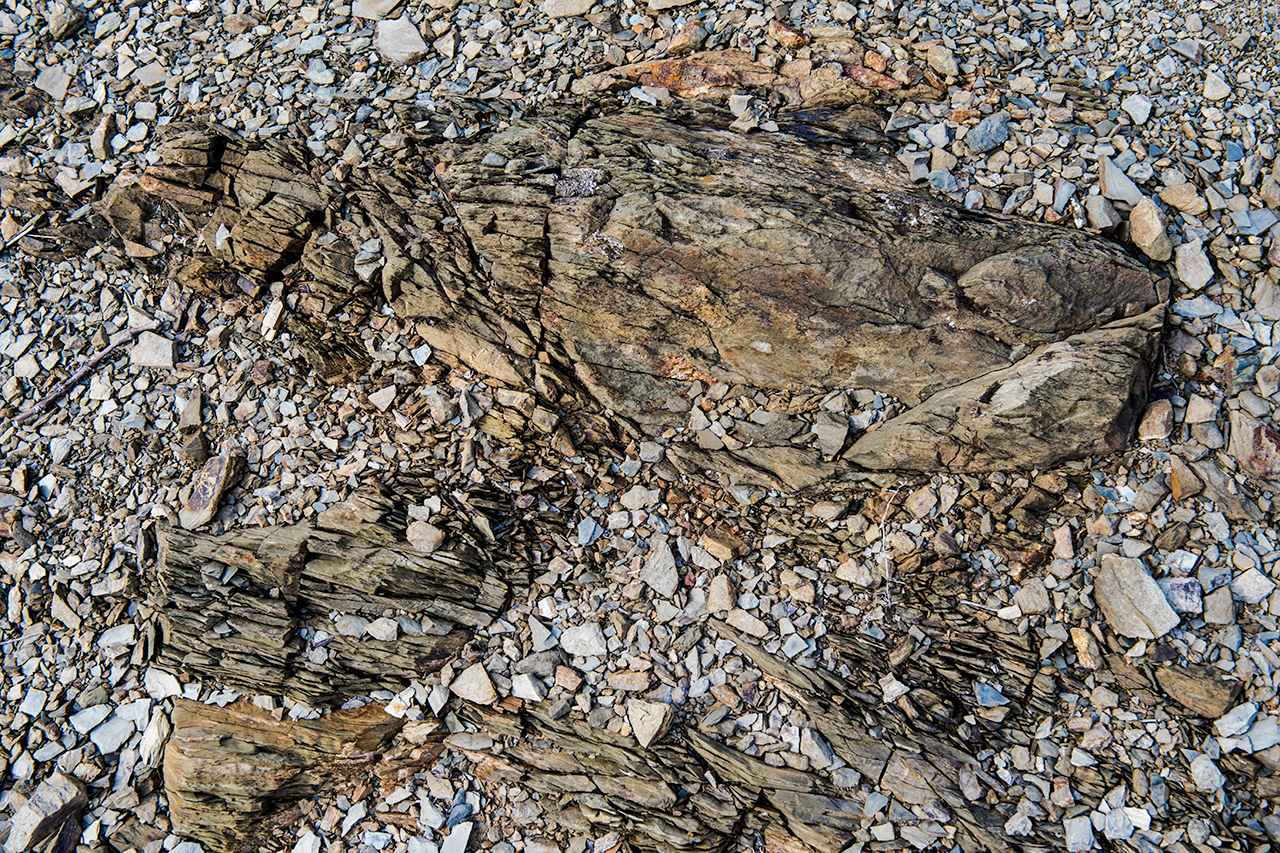


I sat down recently with Daphne Glorian to talk about the recent vintages at Clos i Terrasses as well as some slight changes taking place in her vineyards and cellar. For those of you who have met Daphne, you will hear some of the dry humor implied in her responses. Her outlook on most things is skeptical and conservative. She views anything that seems like a fad with a fair amount of distrust. Yet these viewpoints do not prevent her from making adjustments to the way she farms or makes her wines. Instead they are based in equal measures of instinct and intellect. The conversation below was edited for clarity. I also removed our discussions of her new puppy, literature and film – all are topics that Daphne will gladly engage in, given the chance.
Tell me about the 2014 vintage.
It was another fairly cool vintage, not as cool as 2013, but is was the second year in a row where we had plenty of rain. It was not blisteringly hot during the summer, so we picked a little later than usual. The new normal is picking in August and finishing by mid-September and in 2014 we finished at the end of September. I guess people would call it fresh – that word is starting to get so trendy now that I get worried when I hear it.
Would you say that 2013 & 2014 are more similar to vintages you had in the Priorat 25 years ago when you founded Clos i Terrasses, or were they abnormally cool?
Actually they were fairly similar. It was a throwback to vintages fifteen or twenty years ago. 2014 has very bright fruit, quite frankly in January I was bouncing off the walls with excitement and then I did the blends in March and they had lost a bit of their fat but I think it’s going through a phase. It’s interesting because this is the first time it has happened where the wines were more aromatic in January than they were in March – which has never happened. It has a pretty strong structure but everything is there, just under the surface. It is sneaking up on you.
Are all of your fermentations by indigenous yeasts?
Yes, pretty much except for the most recent vineyard – which I don’t quite trust as much. I’m concerned about volatile acidity so a couple of vats were inoculated.
You’ve been using amphorae in the cellars for a while now, is this a stable amount or are you still experimenting?
I do not use a whole lot of amphorae for Erasmus. Erasmus is still basically those 12 barrels.

Clos Erasmus Cellar
Those are 228L barrels?
Yes, Burgundian barrels.
How many are replaced each year?
It depends on the vintage. I would say, to make it easy, it’s about 50% new oak. Some years it’s 40% some years its 60%
Is there a particular cooperage you prefer?
Taransaud, they work well and I don’t really have enough wine to make experiments. Besides even when I put the same wine in the “same” barrels, each comes out different.
The barrels will be reused for Laurel?
I reuse them for the Syrah. The Syrah always goes in 1 year old barrels and people are surprised with that because usually Grenache goes in second fill barrels and the Syrah in new, but with Erasmus it’s different. So after Grenache, they go to the Syrah first, then to Laurel for a couple of years, maybe four years.
So the amphorae are for…
For the Laurel. I have more amphorae now so there is not so much Laurel in barrel at this point because its hard to maintain a large stock of old barrels. And I also have more large wooden and concrete vats that I age the wine in.

Laurel Cellar
When did you put in the concrete vats?
The first one was three years ago (2013) and another one last year (2015) and there is another one coming this week (April 2016). For Laurel it’s good, at this point there are 15 maybe 20 barrels that are used and everything else is in vat or amphorae.
How were the fermentations in 2014?
They went well and everything went dry. 2013 had been a bit more of an issue. We had one vat in 2013 we had to wrap and put a radiator under it trying to get it to finish fermenting.
The joys of indigenous yeasts?
Exactly, yes, yes.
Was 2015 a departure from the previous two vintages?
Yes, we were back to what we’ve had become used to. It was a little earlier; it was DRY in 2015. The saving grace was that we got rain at the very end of July and everything bounced back from there. From there the plants were able to finish ripening and everything went really well.
Was it an early harvest?
We started around the 28th of August and we were done by the third week of September.
What do you harvest first?
Syrah always comes in first. It ripens faster. Syrah is, frankly, borderline in the Priorat in terms of climate. It’s a little too tough but it comes out really nicely. But the plants do suffer. It’s a variety that likes a cooler climate. We always prune it last in order to try to delay the whole process but it always comes in first. In 2015 we picked all the Syrah and then waited another week before picking the Grenache.

Grenache in Escales
And you still have the Cabernet or are you grafting it over
It’s still there, there is less and less of it every year. I only have 2500 plants, 3000 maybe and I can see it slowly dying. If you think about it, in Bordeaux an old vine for them is 50 years old.
You never really hear about old-vine Cabernet.
No, no. It struck me last spring when I was thinking about it and Cabernet doesn’t really survive as long as Grenache and I think I’m going to let it go and when we get only 200 kilos out of them, I’ll just pull it out and plant something else and that’s it.
So you’re going to continue with Garnatxa and Syrah?
Yes.
I’ve heard that Mas Alta is planting Carinyena…
I’m not surprised. (laughter)
That seems to be a crazy investment.
Yes but now everyone is saying that Priorat must be Grenache and Carignan.
Dominik (Huber) has talked about how Carinyena thrives in less auspicious sites, north-facing, high elevations, etc., but I’ve never associated Gratallops with Carinyena.
It would be interesting to know but I think there is much more Grenache. To me Grenache does great in Gratallops and Carignan does great in Porrera and Poboleda – in a cooler climate – and the more sheltered sites Dominik farms in Torroja. In Gratallops, I’m not crazy for the Carignan that come out of the vineyards. It’s a variety I have a little bit of a hard time with; Ester (Nin) seems to have a better handle on it.
So you think the Priorat is ahead of the rest of Spain with a very minute understanding of its terroir?
I think we’re probably the first region that has done that. In Rioja they talk about Rioja Baja, Alta… The first person there was probably Artadi with El Pison and now everyone is talking about that. The Priorat is so fragmented – it’s incredible. Even in Gratallops between Escales and Guinarderes vineyards. They’re so different.

The DOQ Priorat has done a tremendous job of mapping the vineyards of the Priorat and has created the Vi de Vila classification, do you see this evolving?
I think for now it is going to stay as it is because you can be either Vi de Vila or Finca and beyond single vineyards I’m not sure there is much more you can do. I’m not applying for Vi de Vila or Finca because I want flexibility and I’m just sick of the paperwork. And at this point Erasmus is known and there are only 3000 bottles of Erasmus and if we did a bottling of Escales it would only be 250 bottles. That’s the route Dominik has taken and it’s a good exercise for Terroir al Limit but at this point I’m more conservative with just Erasmus and Laurel.
And Erasmus comes from two vineyards?
Three. Escales, Aubagues and Socarrats. They make about 12-13 barrels each year.
And you feel that they are better together than separate?
Yes, I feel that blended there is more complexity. Escales tends to be on the lighter, paler side, while Aubagues and Socarrats have that darker fruit and more tannin so they all work well together. Although it’s tricky because in Aubagues I’ve pulled out the oldest vines because they were dying. They had been planted before I bought it and what we were getting out of it was amazing, but we were getting only 500 kilos. So when we replanted we did it on costers and removed the terrasses and have planted 4 times the number of plants. I think it’s going to be a great vineyard. It’s only 3 years old.

Old vines in Aubagues on terrasses (2004)

Aubagues re-graded to costers
As production increases you might have enough volume to bottle an Aubagues?
Yes. I’ve been experimenting with it. We use it to make the worker’s wine and it’s just been bottled and it’s a great little wine so I think it’s going to be a very good vineyard.
What is the benefit of costers versus terrasses?
The plants are taking better on costers and we did not irrigate that young vineyard at all and it’s doing well. I think that the way the precipitation is absorbed is much better. The oldest vines in the Priorat were planted on costers and it’s only in the last 30 years that people have been making terrasses. I’m looking at several places that have to be replanted, like the Cabernet, and when I do it is going to be costers.
What is the process of converting from terrasses to costers?
It’s re-grading. It’s sad in a way because with the terrasses, we disrupted the natural flow and now were trying to rebuild it, and its never going to be the same as if we had never disrupted it in the beginning. But it is worth it, even if it is hard to find people trained to work with the mules necessary to farm costers.
Is it too dangerous to work costers with a tractor?
Yes, and that was my biggest concern when I planted Guinarderes which is on small terraces. I didn’t want to go to costers right away because at that time there wasn’t anyone working with mules so I needed to have the ability to use a small narrow tractor – otherwise it’s all by hand.

Guinarderes
How difficult is it to plant a new vineyard in the Priorat? There doesn’t seem to be anything you could call topsoil there.
Vines are pretty amazing and the slate is very brittle and the roots literally break through it. At the very best, there is maybe one foot of topsoil and after that it is the bedrock.
When you plant, do you have a high percentage of plants that do not take?
That’s why costers are really interesting because when we replanted Aubages three years ago, we lost almost nothing. Not even 5%.
And that wasn’t irrigated?
No.
But you did have more rain in 2013 & 2014?
That probably helped; still I see the difference with Guinarderes. It’s a very hot spot. It’s an oven and with the small terrasses and without irrigation we would probably have lost half the vines.

Is there a difference in terroir from one vineyard to another?
Technically it’s all slate except at the foot of the Montsant where there is some chalk. It’s really all these small microclimates, ridges and valleys and that’s where all the differences are. It’s Burgundy in reverse: same soils and different climate versus different soils and the same climate.
What can you tell us about the 2015 vintage now that the wines are aging?
2015 is going to be a fairly classic Erasmus. The one thing I’ve changed in the cellar is I’m now doing pumping over rather than pigeage. Pigeage was still extracting quite a bit, and it was hard on the skins and seeds. With pumping over it’s a finer more delicate wine.